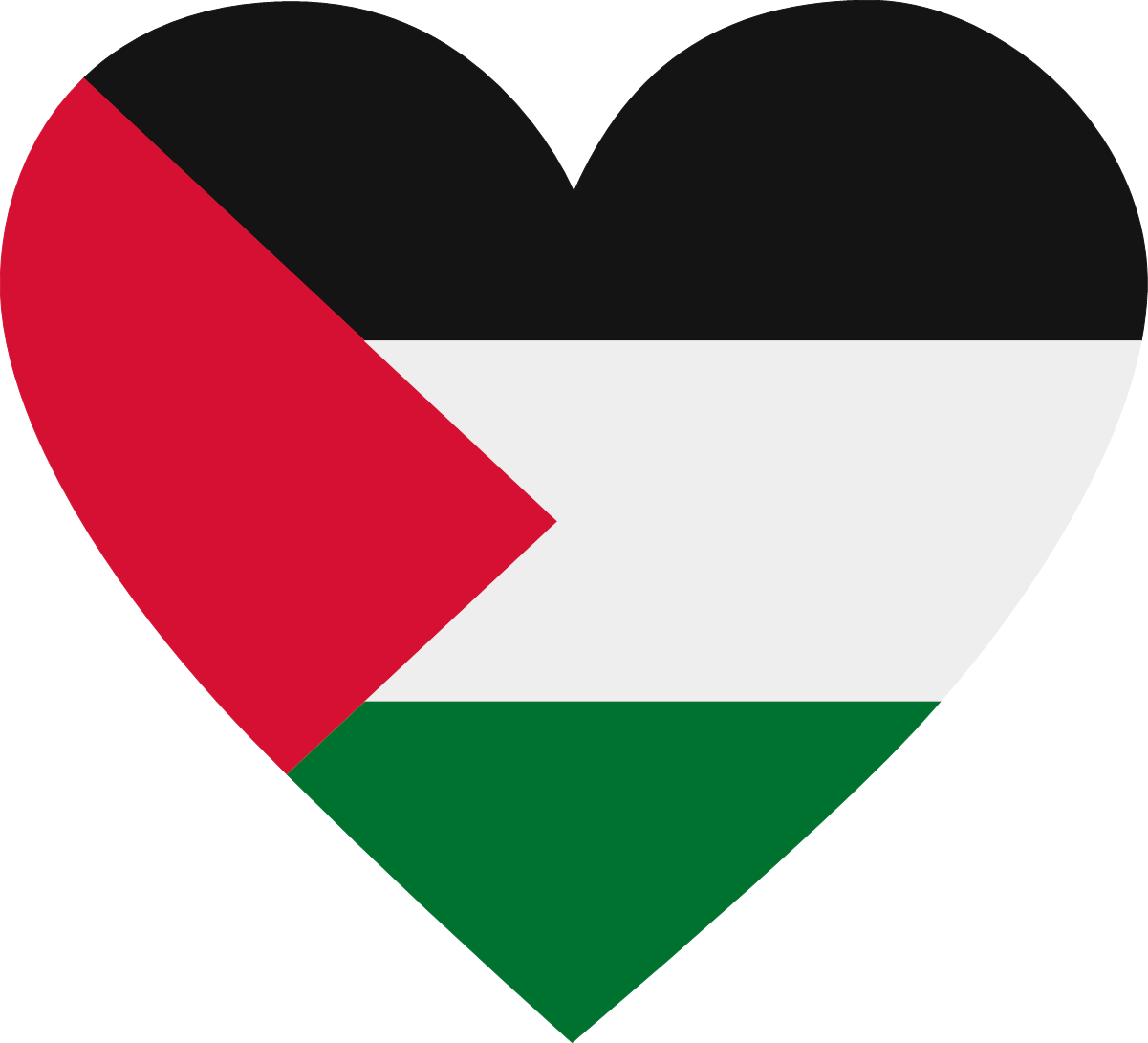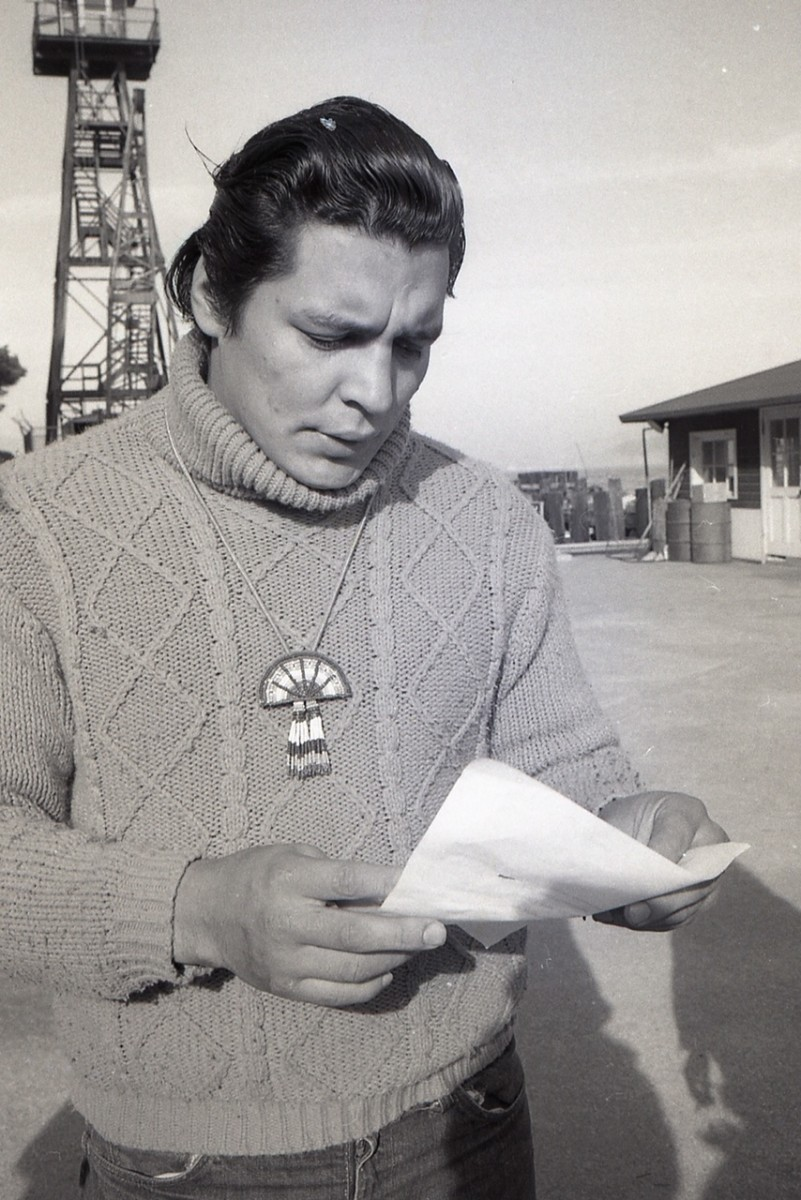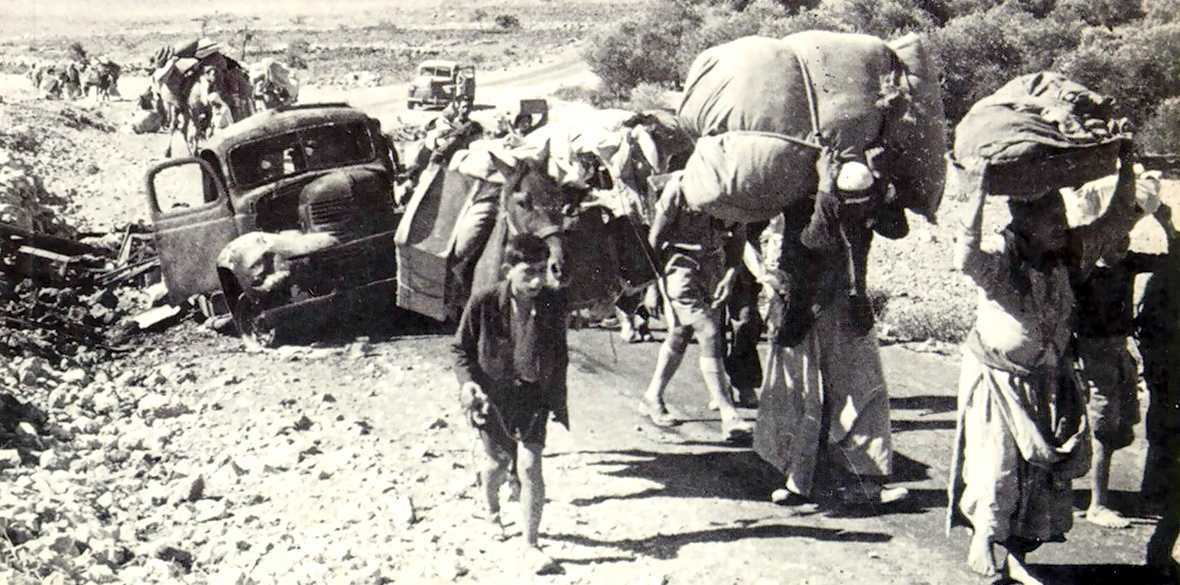indigenous
564 readers
1 users here now
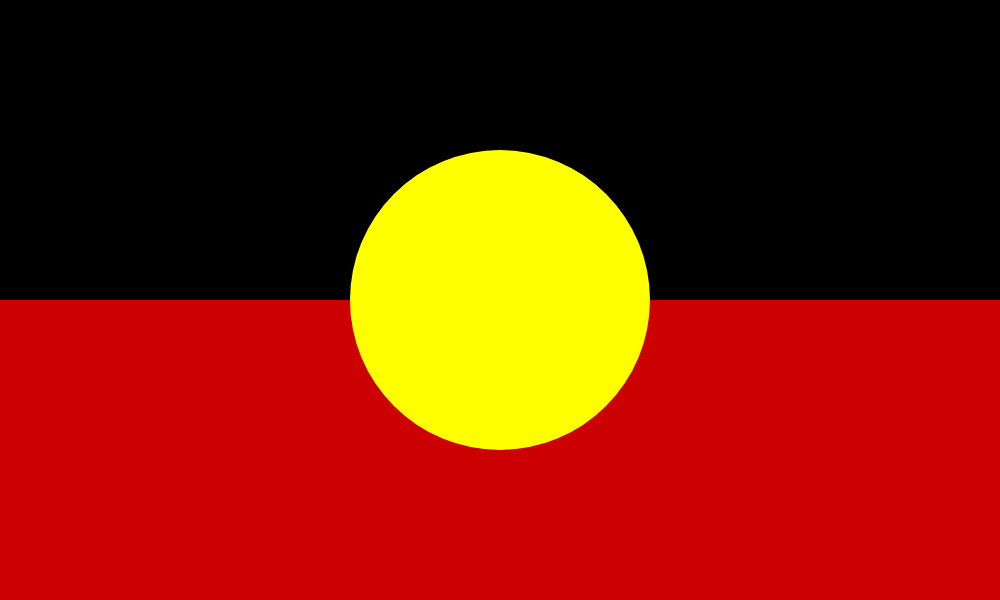
Welcome to c/indigenous, a socialist decolonial community for news and discussion concerning Indigenous peoples.
Please read the Hexbear Code of Conduct and remember...we're all comrades here.
Post memes, art, articles, questions, anything you'd like as long as it's about Indigenous peoples.
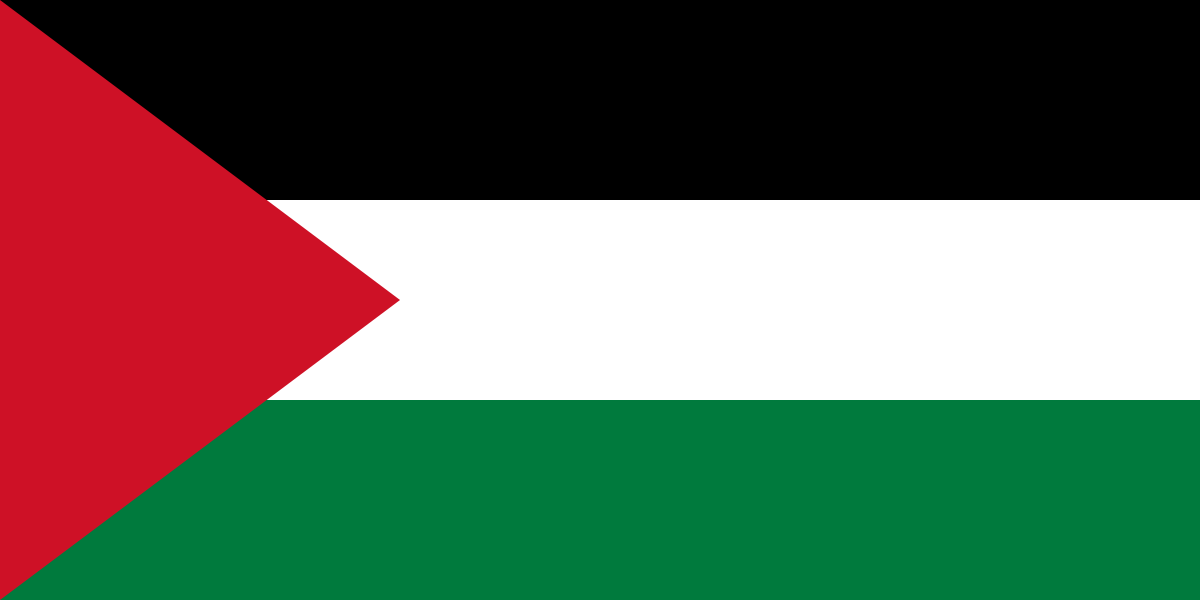
founded 1 year ago
MODERATORS
51
17
Landmark ruling in Suriname grants protections to local and Indigenous communities — for now
(news.mongabay.com)
52
53
54
55
56
18
Indigenous people and NGO grow a wildlife corridor in the world’s oldest rainforest
(news.mongabay.com)
57
58
43
Restoring Indigenous aquaculture heals both ecosystems and communities in Hawai‘i
(news.mongabay.com)
59
60
61
62
63
64
65
66
67
68
69
70
71
72
73
74
75

